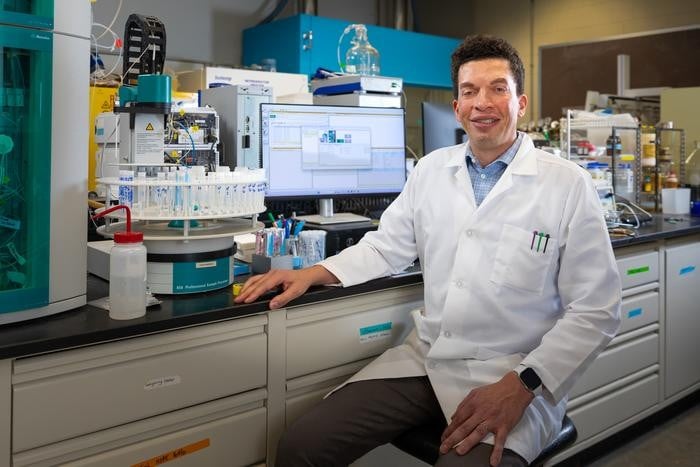Researchers have discovered a previously unknown chemical compound in chloramine-treated drinking water, affecting over 113 million Americans. While its health impacts remain uncertain, this identification breakthrough opens the door to crucial safety assessments.
Published in Science | Estimated reading time: 6 minutes
For decades, a mysterious compound lurked in America’s drinking water, its identity eluding scientists despite their awareness of its existence. Now, researchers have finally unmasked this elusive chemical, marking a pivotal moment in our understanding of water treatment safety.
The compound, called chloronitramide anion (Cl–N–NO2−), forms when inorganic chloramines – common water disinfectants that protect against diseases like cholera and typhoid fever – break down in drinking water. The discovery emerged from a collaborative effort between U.S. and Swiss researchers, ending a decade-long scientific pursuit.
“It’s a very stable chemical with a low molecular weight,” explains Julian Fairey, associate professor of civil engineering at the University of Arkansas and first co-author of the study. “It’s a very difficult chemical to find. The hardest part was identifying it and proving it was the structure we were saying it was.”
The research team’s breakthrough came through successfully synthesizing the compound for the first time in laboratory conditions. Analysis of 40 drinking water samples from across the United States revealed the compound’s presence in every chloramine-treated sample, with concentrations varying significantly – from 1.3 to 92 micrograms per liter, with a median of 23 micrograms per liter.
While the compound’s toxicity remains unknown, its widespread presence and structural similarity to other toxic compounds raise concerns. “It’s well recognized that when we disinfect drinking water, there is some toxicity that’s created. Chronic toxicity, really,” Fairey notes. “A certain number of people may get cancer from drinking water over several decades. But we haven’t identified what chemicals are driving that toxicity.”
The identification of chloronitramide anion represents more than just finding a new compound – it provides crucial insights into how other potentially harmful compounds might form during water treatment. “Even if it is not toxic,” Fairey explains, “finding it can help us understand the pathways for how other compounds are formed, including toxins. If we know how something is formed, we can potentially control it.”
The discovery opens new avenues for research into drinking water safety, with regulatory agencies like the U.S. Environmental Protection Agency now able to conduct proper toxicity assessments. This marks a significant step forward in our understanding of water treatment chemistry and its potential impact on public health.
Glossary:
- Chloramines
- Disinfectants commonly used in drinking water treatment to protect against waterborne diseases.
- Chloronitramide Anion
- A newly identified chemical compound (Cl–N–NO2−) formed when chloramines break down in drinking water.
- Disinfection By-products
- Chemical compounds that form unintentionally when water disinfectants react with other substances in the water.
How many Americans currently drink water treated with chloramines?
More than 113 million people in the United States drink chloramine-treated water.
What range of chloronitramide anion concentrations was found in tested water samples?
Concentrations ranged from 1.3 to 92 micrograms per liter, with a median of 23 micrograms per liter.
Why is this discovery significant for water safety research?
It allows scientists to conduct proper toxicity assessments and better understand how potentially harmful compounds form during water treatment.
What diseases does chloramine treatment help prevent?
Chloramine treatment helps protect against diseases like cholera and typhoid fever.
Enjoy this story? Subscribe to our newsletter


